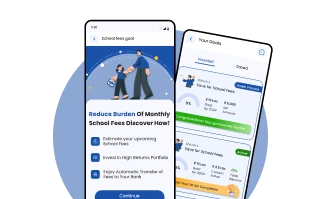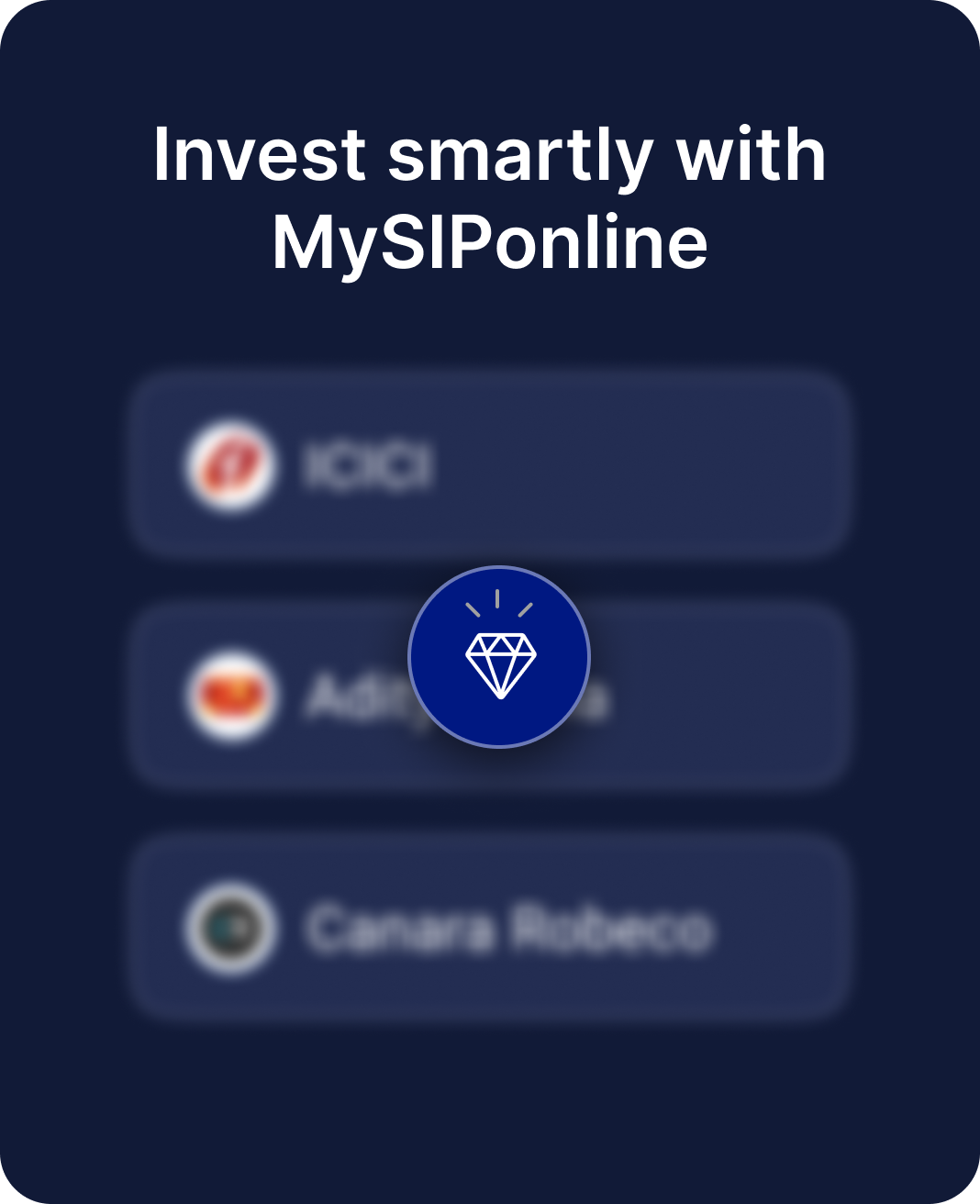New Fund Offers
A New Fund Offer or NFO is an investment opportunity where an Asset Management Company (AMC) launches a new mutual fund and offers it to investors for the first time. The AMC uses the money raised during the NFO to invest in different securities and build the fund. It is a common way for the AMC to introduce and promote a new fund, allowing investors to buy the initial shares.
- Start at low NAV
- No constraint of allotment
- Similar to IPO
Trusted by more than 25 lakh Indians.
| NFO Name | Fund Type | Open Date | Close Date | Days Left | Upcoming Days | Min. Amount | |
|---|---|---|---|---|---|---|---|
|
DSP NIFTY 500 INDEX FUND REGULAR PLAN IDCW REINVESTMENT
Average | Flexi Cap
|
Open Ended | 19-Dec-2025 | 30-Dec-2025 |
Days Left 1 |
₹100 | Invest |
How Does NFO Work?
A New Fund Offer (NFO) is a process where a new mutual fund scheme is introduced to investors for the first time. Here is how it works:
- Duration: According to SEBI regulations, an NFO can be active for up to 30 days. Investors can subscribe to the fund during this time.
- Subscription Price: The offer price for subscribing to an NFO mutual fund is typically set at Rs.10 per unit.
- Capital Utilization: The funds collected from investors are used to purchase securities from publicly traded companies listed on stock exchanges.
- Post-NFO Trading: Once the NFO period ends, the mutual fund's units are traded based on the Net Asset Value (NAV) of the fund, not the initial offer price.
- Investment Benefits: Investing during an NFO allows investors to buy units at a nominal cost. When the fund starts trading on the open market, the potential for significant capital gains increases as the value of the fund grows.
In summary, an NFO provides an opportunity for investors to buy into a new mutual fund scheme at an early stage, potentially benefiting from future growth and capital appreciation.
Types of NFOs in Mutual Funds
Let’s delve into learning the two types of NFO in Mutual Funds:
- Closed-End Funds
These funds raise initial capital without limits on the number of stocks issued. Investors can buy or redeem stocks during and after the offer period. They are managed by the AMC and do not trade on exchanges.
- Fixed Corpus: These funds raise a set amount of money during the NFO period. No more investments are allowed once the period ends.
- Trading: Units are bought and sold on the stock market. Their price depends on market demand and supply, so they may trade at a premium (above NAV) or a discount (below NAV).
- Example: If Miss Rupali buys 100 units at Rs. 10 each and the NAV rises to Rs. 12, her investment is worth Rs. 1,200. If she sells at Rs. 15 per unit, the fund is trading at a premium. If the price drops to Rs. 8, it’s trading at a discount.
- Open-End Funds
These are issued at a fixed number of stocks during the offer period. After the NFO ends, investors can only buy or sell funds on a stock exchange. These funds are actively marketed and have daily trading quotes.
- Fixed Corpus: The number of units can change based on investor demand. New units can be bought and sold at the current NAV once the fund starts operating.
- Example: Ravi invests Rs.500 to buy 50 units at the NFO price. If the NAV rises to Rs.20 per unit, he can sell her units for Rs.1,000.
Both types of funds offer potential for capital gains and dividends, depending on their investment strategies.
Benefits of Investing in NFO’s
Investing in a New Fund Offer (NFO) provides several key benefits:
- New Strategies: Closed-end funds allow you to invest in innovative strategies not available in existing funds.
- Flexibility: Fund managers can choose the best time to invest, even if the NFO launches during a market peak.
- Stable Investment: With a fixed investment period, fund managers can focus on stock selection without dealing with large inflows or outflows.
- Long-Term Focus:: The lock-in period encourages long-term investing, helping to avoid premature exits and maximize potential returns.
- Lock-in Period: Staying invested longer is crucial for better returns. The 3-4-year lock-in of closed-end funds helps prevent impulsive exits and supports long-term gains.
Use a simple SIP Calculator tool to get estimated returns on your investments.
How to Invest in NFOs via MySIPonline?
Here are a few simple steps to invest in an NFO with MySIPonline:
- Login or Sign Up: Log in to your account, or create one if you don’t have it yet.
- Find the NFO: Search for the Best NFO Fund you want to invest in or explore all available options.
- Check Fund Details:Review the NFO’s details like the fund manager and asset allocation.
- Choose Investment Type: Decide between SIP or Lumpsum for your investment.
- Make Payment: Complete the payment, and you’ll get a confirmation message and email.





_(1).webp)
 6005
6005  8 Min. Read
8 Min. Read
.webp)
_(1).webp)
.webp)




